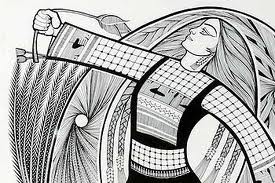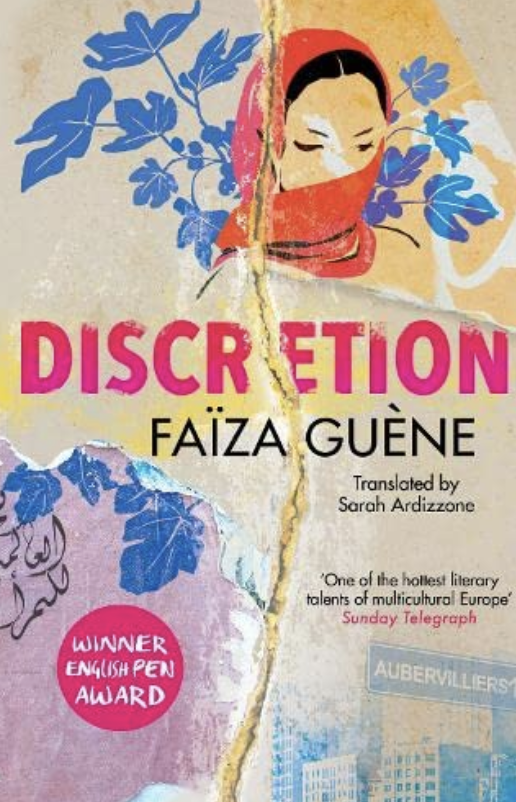Israel-Palestine Sources
This is a list of recommendations for people (especially Americans) who want to educate themselves about the history and politics of Israel-Palestine.
1. Former U.S. President Jimmy Carter’s book, Palestine: Peace Not Apartheid, which raised controversy for his description of the situation as apartheid.
2. Classic Fateful Triangle by Noam Chomsky. It can be dense due to so much detail, but if you want lots of facts, this one’s for you.
3. For a summary, see A Synopsis of the Israel/Palestine Conflict. Another site of insights is Tikkun.
4. For cultural history of the area, see Time of White Horses by Ibrahim Nasrallah. For a humorous and insightful novel, see Imil Habibi’s Pessoptimist. Available as both a novel and a film (and I prefer the film) is The Gate of the Sun by Ilyas Khouri. For more narratives, see Qualey’s list.
5. For a progressive Muslim American perspective, see Omid Safi’s article from Tikkun, titled “A Muslim Spiritual Progressive Perspective on Palestine/Israel.”
6. For a news update from an Israel peace activist, in English, see Uri Avnery’s weekly post.
7. There is a great open-source teaching resource here. I would use it for ages 13 and up.

I did not even know there was a problem until after I entered college–and that’s not because I was absent on the day it was discussed in my school! I began studying Arabic in London in 2000, and one of my teachers (who happened to be Syrian) refused to recognize the state of Israel. I had no idea what that meant, and almost offered to bring her a map to show her that the country existed. I soon realized that it was not she who needed a lesson in geography. It was me who needed a lesson in history and politics.
I recently listened to Naomi Shihab Nye in conversation with Krista Tippett from OnBeing (Unedited version, available here). One of her comments that rang true to me was something along the lines that one would hope that the United States, in its policies with Israel and Palestine, would be mature enough to be friendly to both sides. She pointed out that it’s like Middle School behavior to only have one friend when you could have two. To be so worried about what your one friend might think that you won’t talk with someone who could be be a second friend. It is an apt image.


